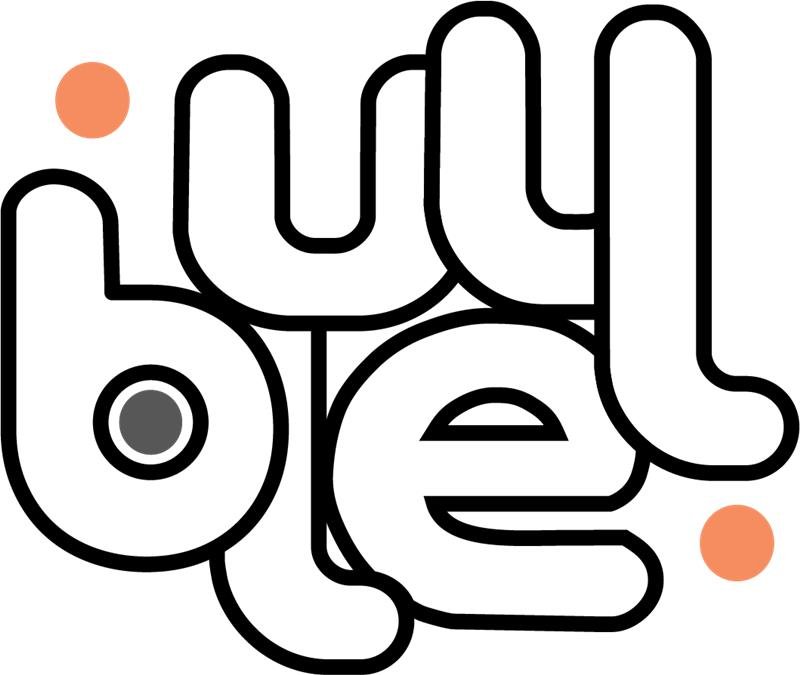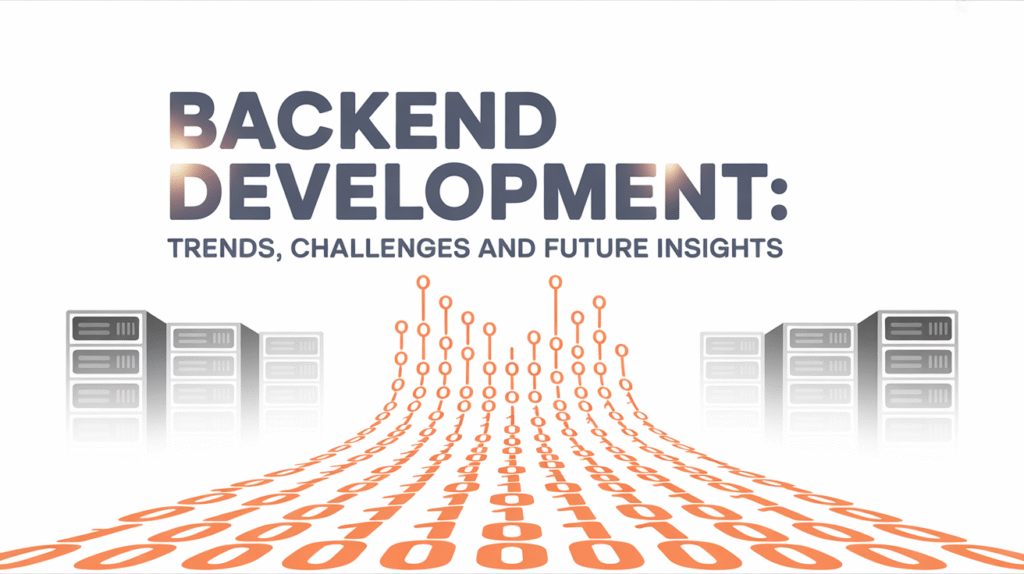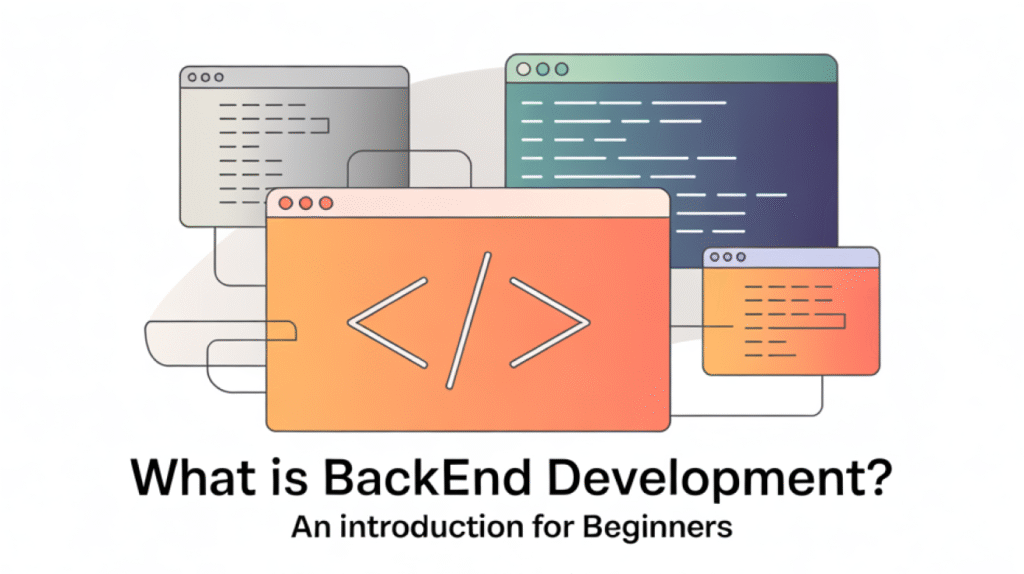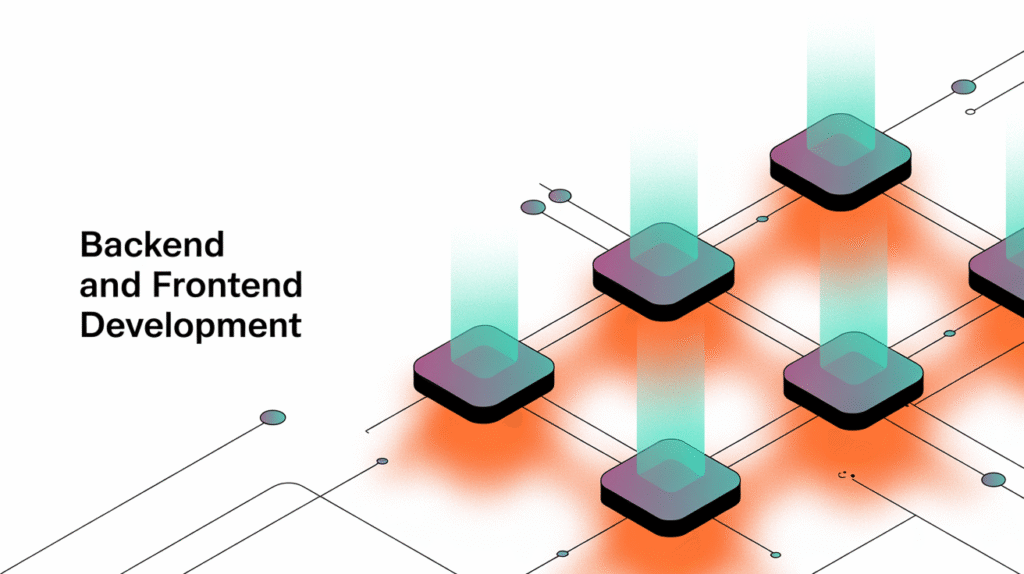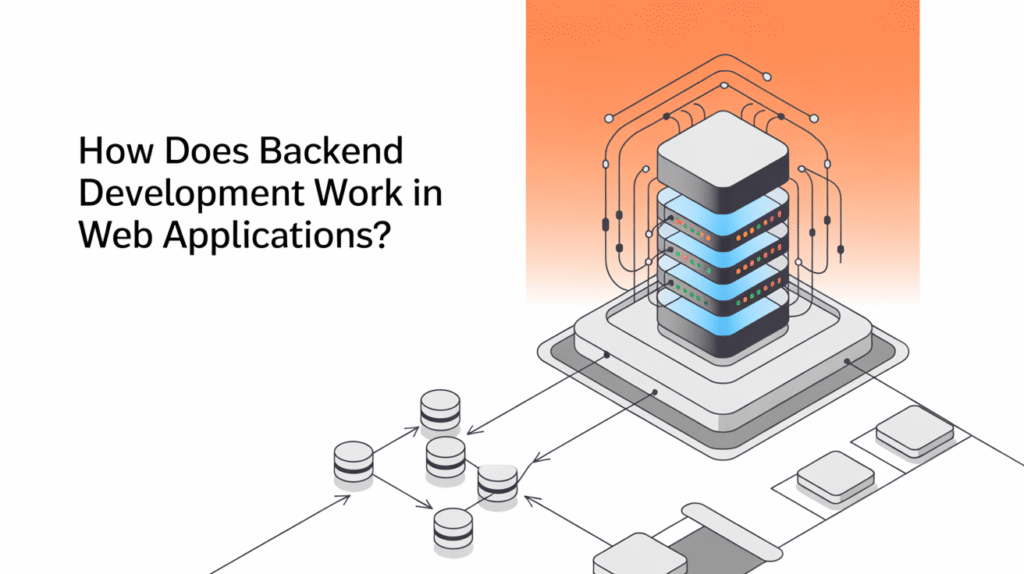IoT Hardware Design Company
At Bluell, we design smart embedded systems that fit your specific needs. Our team has strong expertise in using sensors and both wireless and wired communication technologies. We work closely with you to ensure our solutions meet your project goals and industry standards. Together, we transform your ideas into reliable IoT hardware that helps your business succeed.
Leverage our design and development expertise for IoT hardware development
At our IoT hardware development company, we help you turn your ideas into real products. Our team takes you through every step, from creating a prototype to designing the manufacturing process. We also develop the necessary software and ensure that everything is of a high standard. We make it easy to connect your new IoT devices with your existing technology so that they work seamlessly. With our help, you can successfully bring your custom IoT product to life.
Our IoT hardware design services
Design for manufacturing
At Bluell, we focus on Design for Manufacturing (DFM) to build components and products that are both high-quality and affordable. By applying DFM principles from the start, we ensure that we choose the best manufacturing methods and materials for each device. Our team also pays close attention to where the product will be used, to ensure it meets all necessary quality and safety standards.
- Manufacturing process
- Design
- Choice of materials
- Compliance/Testing
Custom firmware development
Bluell’s skilled team of embedded software engineers is here to help you create custom firmware tailored to your needs. We use programming languages such as LUA, Python, C, and C++ to build solutions that work perfectly for you. By listening to your ideas, we ensure that our firmware aligns with your project goals. We have hands-on experience with various network protocols, including Bluetooth, WiFi, RFID, TCP/IP, GPS, and BLE, ensuring that your devices connect smoothly and efficiently. Our team also knows how to work with different architectures, such as ARM, STM, ATMEL, PIC, and 8051. Let us help you realize your ideas with our custom firmware solutions.
- Linux Kernel Development
- Development of intermediate programs
- Migrating firmware/legacy applications to new platforms
Edge Computing
At Bluell, we use edge computing on IoT devices to make your systems faster and more efficient. Instead of sending all your data to the cloud, we process it right where it is generated. This means you get quick insights and can respond to changes instantly, without delays. Plus, by managing data on-premises, you save on storage costs and reduce the need for massive cloud resources. With our edge computing solutions, your organization can run more smoothly and make smarter decisions in real time.
- Edge driving
- Edge modules
- Cloud interface
Rapid prototyping
Creating a market-ready solution can take a lot of time and money. That’s why it’s important to make sure your product design and features match what your customers really need. Our rapid prototyping service lets you quickly test your ideas, so you can see what works and what doesn’t. With the help of our IoT hardware experts, we build prototypes that let you gather feedback and improve your project before it goes live.
- Hardware prototypes
- 3D printed enclosures
- Dashboards and Analytics
Help with Fab Selection
At Bluell, we’re here to help you create better IoT products that deliver amazing results. Our team focuses on three main areas: improving tool performance, driving amazing productivity, and ensuring you get reliable returns. With our experience in connected factories, we’ll work with you to uncover hidden ways to increase your factory’s efficiency and help you choose the right factory for your IoT project. Together, we can ensure your products stand out and succeed in the marketplace.
- Process optimization
- Cost containment
- Identify hidden productivity
Ten steps in the hardware development process
Developing a hardware system for an IoT application can feel like a daunting challenge. While IoT products rely on software, firmware, and hardware, it’s important to note that approximately 80% of the cost and complexity comes from the hardware component alone. Here’s a streamlined approach to guide you through the ten key steps:
1- Conduct product research and build your team
Start by researching your market and identifying user needs. Assemble a skilled team that brings together diverse expertise to tackle the project effectively.
2- Map out a preliminary hardware design
Create an initial design drawing that outlines the key features and characteristics of your hardware. This step will help you visualize your concept before diving deeper.
3- Design the schematic circuit diagram
Develop a schematic that illustrates how the various components of your hardware will connect and interact. This diagram is crucial in guiding subsequent design.
4- Design mechanical and industrial components
Focus on the physical aspects of your product, including size, shape, and materials. Make sure the design meets both aesthetic and functional requirements.
5- Design the printed circuit board (PCB)
Create the PCB layout, which will house and connect the electronic components of your device. A well-designed circuit board is essential for reliable performance.
6- Generate the final bill of materials (BoM)
Compile a comprehensive list of all components needed for manufacturing. This BoM helps streamline the procurement process and keep your project on track.
7- Get started with the prototyping process
Build a prototype to test your design in real-world conditions. This step is crucial to identify any potential issues before full-scale production begins.
8- Design for manufacturing and assembly
Adjust your design to optimize it for manufacturing and assembly. This ensures that your product can be produced efficiently and cost-effectively.
9- Get started making the hardware
Begin the manufacturing process, coordinating closely with your team to ensure quality and compliance with your specifications.
10- Conduct review for process verification
Finally, review the entire process to verify that everything meets your standards. This step helps ensure that the final product is reliable and ready for the market.
Ways to Choose the Best Design for Your IoT Project: A Hardware Design Guide
IoT devices are highly specialized and unique. They are designed to operate within niche environments. Naturally, the hardware options would also reflect the uniqueness of the IoT devices. So, what are the main IoT hardware requirements during the development process? What key points must one remember? Let us find out:

1. Security
Your IoT device needs to be secure. Keeping data safe and secure is a top priority, even when you’re just starting to build it. This means not only securing the device itself, but also ensuring that your communication networks and any apps or cloud services are secure as well.
2. Power requirements
Consider how your device will get its power. Does it need to be plugged in or can it run on batteries? If you’re using batteries, consider their size, weight, and how long they’ll last. Also, make sure you know how often you’ll need to charge them.
3. Easy to develop
You want your IoT device to be easy to build and quick to get started. It should capture data smoothly, talk to other devices without any problems, and be easy for users to work with. If the hardware design is too complicated, it can cause problems down the road.
4. Connection
5. Data management
Your IoT device should be good at collecting and managing data. Think about how many sensors you will use, how detailed the information needs to be, and how often it will take measurements. Also, plan how much data it will need to store based on how often it will send information to the cloud.
Mechanical Design Engineering Services
We offer complete mechanical design services that include the entire product development lifecycle.
Industrial design:
At this stage, our industrial designers will transform your ideas into initial sketches to visualize what the final product might look like. They will ensure that the product functions well and looks good. This fundamental stage sets the tone for the rest of the design process.
Using advanced 3D CAD design solutions, we create detailed digital models that provide a true visualization of your final product.
Simulation and analysis:
We use advanced simulation and analysis techniques to validate designs before production.
3D printed prototype:
3D printed prototypes play a crucial role in our design workflow. We validate the form, fit and function of your product by creating physical prototypes.
2D detailed drawing:
After the successful validation of the 3D CAD models and prototypes, we create detailed 2D drawings that emphasize the importance of tolerances in the manufacturing process.
Tool development:
Our engineers modify existing CAD models from the prototype stage to facilitate tool development. We ensure optimization of designs for manufacturability by applying DFM (Design for Manufacturing) principles.
Mass production readiness:
By pre-testing CAD drawings and models, we help manufacturers initiate error-free mass production with ease.
Benefits of custom IoT hardware
Optimized performance
Long-term savings
Improved Reliability and Durability
Integration with existing infrastructure
Flexibility and expansion
Ownership and control
Tailored functionality
Full Stack IoT Development
We at Psiborg have a team of immensely skilled and experienced engineers who are capable of providing Full Stack IoT development. An IoT product requires knowledge of both IoT technology and product development. Our expertise is in domains like Industrial IoT , Medical IoT, Fleet Management , Smart wearables, Smart devices for homes , Smart cities, Security devices , Smart Agriculture and many more.
Customized IoT Product Development
Wireless networks, sensing devices , and innovations in technology have transformed the world. IoT Product development involves bringing together a heterogeneous mix of technologies ensuring interoperability, scalability and security. PsiBorg, being an IoT Product Development Company, offers full-fledged services for Full Stack IoT development according to the specific needs of every client. There are countless opportunities for custom IoT product development in various industries.
Why choose Bluell for IoT hardware design?

Expertise
Our team consists of experienced developers with a proven track record of delivering successful IoT projects.

Innovation
Stay at the forefront of technology with innovative IoT solutions tailored to your unique requirements.

Reliability
Trust the reliability of our IoT products, ensuring stable and secure operation of your IoT devices.
Our engagement models
At Bluell, we specialize in hardware design services to improve business flows, accelerate.
A dedicated team model assigns a group of skilled teams to collaborate on a single project for an extended period of time. This means that a dedicated development team remains focused on delivering quality results within the agreed timeline without sharing with other clients. Our dedicated development team consists of professionals, including project managers, software and quality engineers. They follow agile methodologies and work closely with the client’s product owner and scrum master.
- Agile process
- Rapid scalability
- Flexibility
- Transparent pricing
- Cost-effective
- Transparent workflow
- Stress-free employment
- Fast time to market
Designed to give your business the flexibility to scale on-demand and add necessary IT skills to fill gaps without the hassle of hiring. Whether you’re running a large-scale project or a startup, the expanded team shows up for regular meetings, works effortlessly, and reports directly to project managers. Our designed services allow Swedish companies to access our developers remotely to quickly meet project needs.
- Short and reasonably priced
- Monthly billing systems
- Access on-demand Talent
- Avoid the headaches of the hiring process
- Project scalability and customization
Fixed Price Model: We can provide a fixed quote when your project specifications, scope, deliverables and acceptance criteria are clear. This model is ideal for any project with well-documented requirements.
Time and Materials Model: This model works best for projects with unclear or complex requirements, where cost estimation is not feasible. In such cases, developers can be hired based on the time they spend on the project.- Transparent pricing
- Simple project management
- Safe and fast delivery
- Focused and goal-oriented
- Cost and time savings
Get started today

Get consultation
Take the free consultation call with our experts to check the availability of your project idea.
Get a cost estimate
We provide a project proposal with cost and timeframe based on your project needs.
Project Kickoff
After the project is signed, we start your project with the required team.
Junior Hardware Developer
140 sek per hour
1-3 Years Experience
Midlevel Hardware Developer
180 sek per hour
3-5 Years Experience
Senior Hardware Developer
220 sek per hour
5+ Years Experience
Software Development Technology
Agile
Use agile software development and use a flexible development methodology. Our agile approach supports iterative progress, adaptive planning, and evolutionary development, enabling rapid responses to change. During this process, cross-functional teams collaborate and provide smooth integration of user stories and product backlogs to accurately meet project goals .
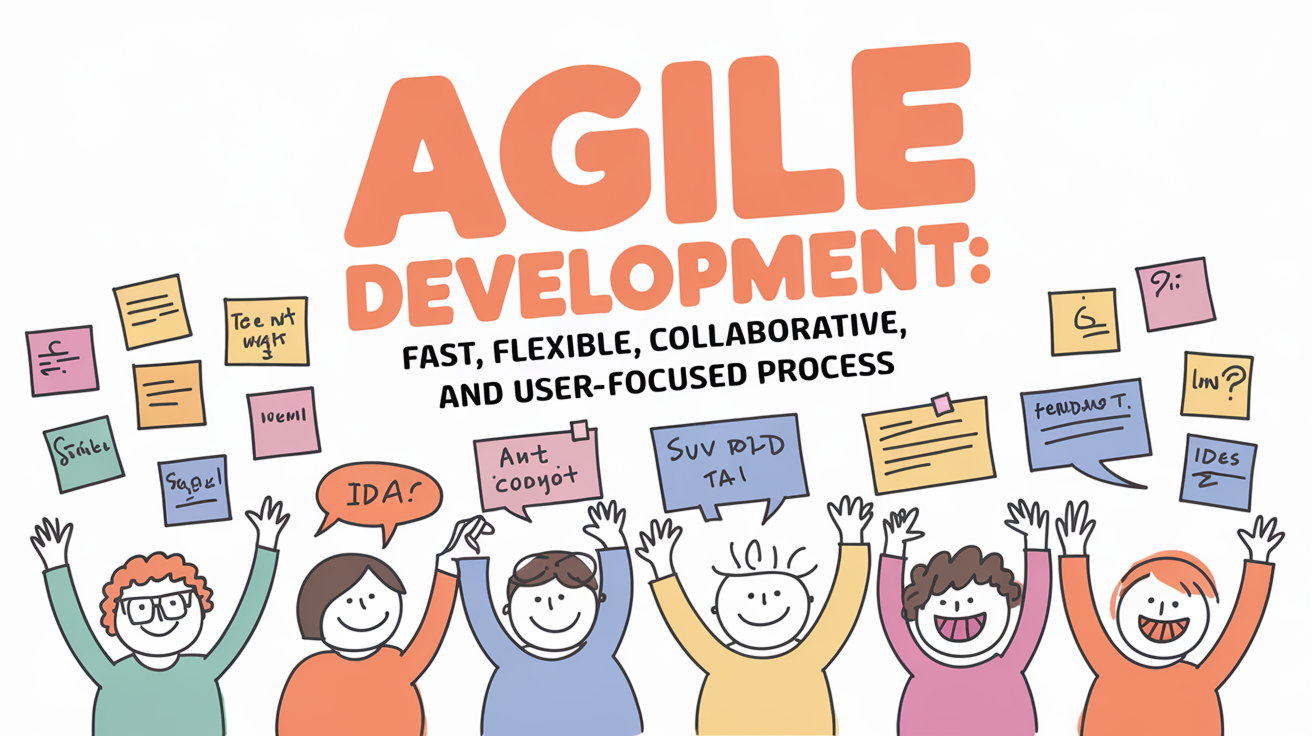
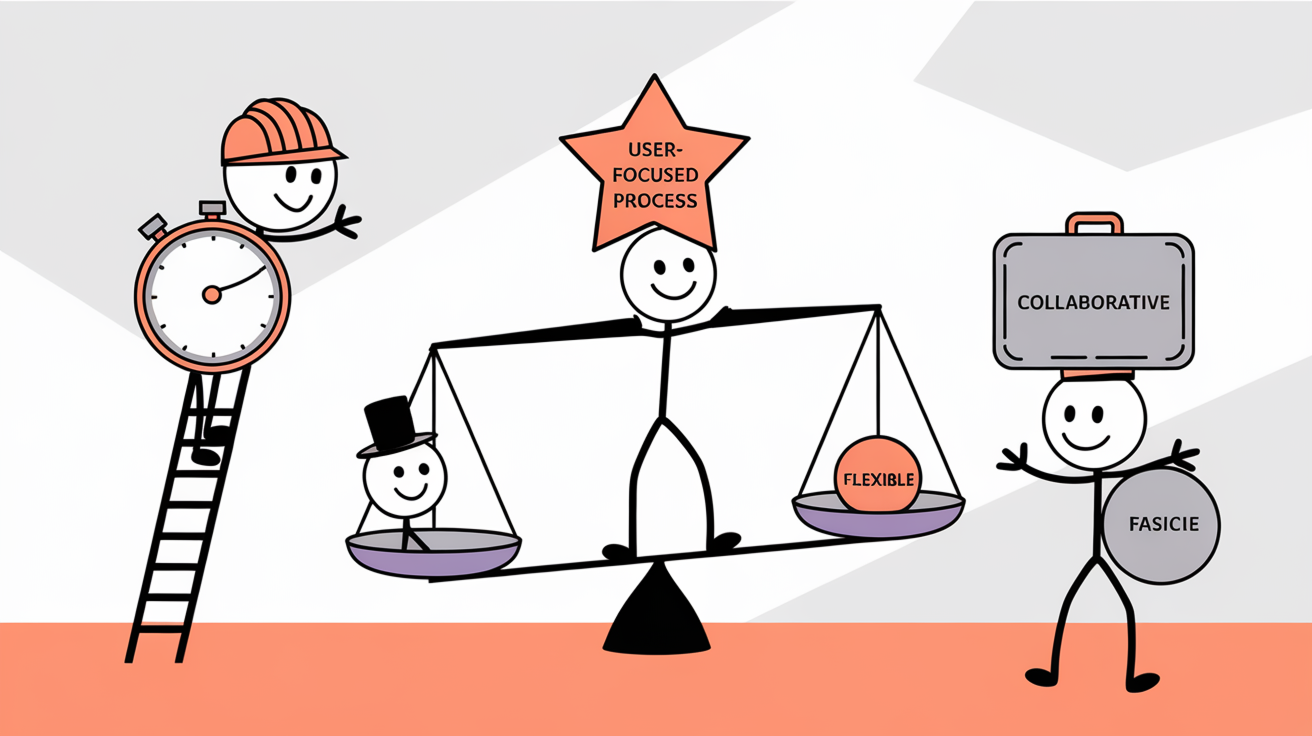
Scrum
Apply the Scrum framework for a disciplined yet adaptable development approach. This approach helps to promote teamwork, accountability, and a shared commitment to project success, as it breaks down projects into manageable phases and focuses on delivering specific features within a given period. The Scrum approach ensures that every stakeholder, including the customer product owner, is actively involved in helping shape development .
DevOps
Use the DevOps methodology to build a culture of collaboration and continuous development. This end-to-end approach ensures better software quality and accelerates product delivery by combining operations and development teams. Our team increases responsiveness to market changes through DevOps, using CI/CD (Continuous Integration/Continuous Deployment) for simplified releases and feedback loops .

Frequently asked questions
What industries does Bluell specialize in for hardware design?
Bluell specializes in designing hardware for various industries, including consumer electronics, automotive, healthcare, industrial automation, and IoT applications.
How does Bluell ensure the reliability of its hardware designs?
We use rigorous testing and validation processes, including simulation, prototyping, and real-world testing, to ensure our hardware designs meet the highest standards of reliability and performance.
Can Bluell help with both prototyping and mass production?
Yes, Bluell provides comprehensive support from initial prototyping to mass production, including design for manufacturing (DFM) and end-of-line production testing.
How does Bluell handle design changes during the development process?
Our adaptive design approach allows for flexibility in incorporating design changes, ensuring the final product aligns with your evolving project requirements.
What kind of post-implementation support does Bluell offer?
Bluell offers ongoing support after installation, including maintenance, updates, and troubleshooting to ensure your hardware continues to function optimally after production.
Would you like to talk to us directly?
Can’t find the answer you’re looking for? Please chat with our friendly team.
